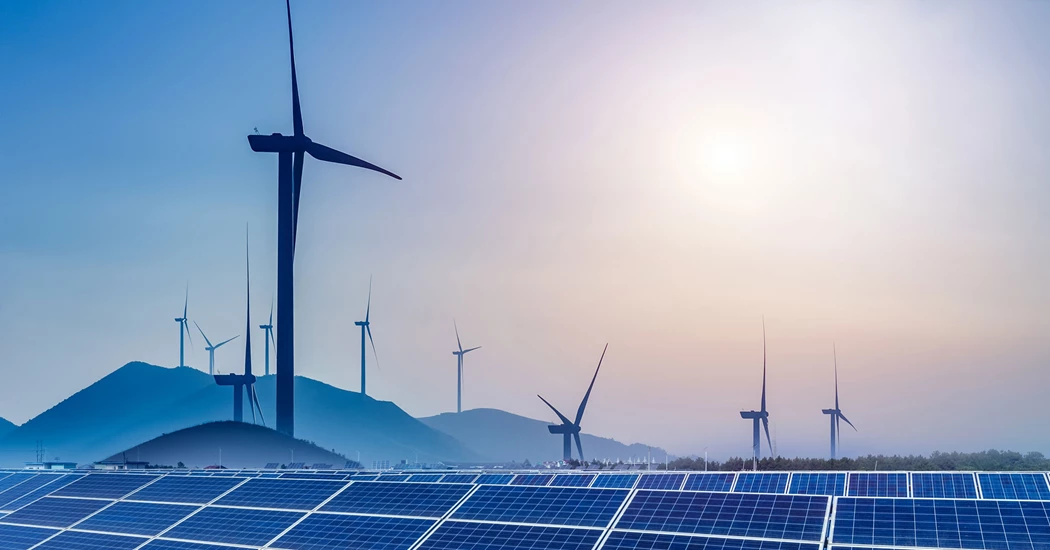Renewable energy surge: meeting the 16.4% annual growth target by 2030
In 2023, global renewable power generation capacity reached a new high of 3,870 gigawatts (GW), with renewables accounting for 86% of new capacity additions. However, achieving the ambitious goal of tripling this capacity by 2030 demands an annual growth rate of 16.4%, a steep climb from current trends, according to International Renewable Energy Agency (IRENA).
The latest Renewable Energy Statistics 2024 report from IRENA’s highlights a significant year for renewable energy growth but underscores the challenges that lie ahead to meet global climate targets pledged at COP28.
Dr Sultan Al Jaber, COP28 President, said, “That means increasing collaboration between governments, the private sector, multilateral organisations, and civil society. Governments need to set explicit renewable energy targets, look at actions like accelerating permitting and expanding grid connections, and implement smart policies that push industries to step up and incentivise the private sector to invest.”
“Additionally, this moment provides a significant opportunity to add strong national energy targets in NDCs to support the global goal of keeping the 1.5°C target within reach. Above all, we must change the narrative that climate investment is a burden to it being an unprecedented opportunity for shared socio-economic development,” he added.
Record growth amidst uneven distribution
The year 2023 saw an unprecedented addition of 473 GW in renewable energy capacity, led predominantly by Asia, which contributed 69% (326 GW) to this increase. China was at the forefront, adding 297.6 GW and reflecting a significant portion of the global expansion.
In contrast, regions like Africa saw a modest increase of 4.6%, highlighting a stark disparity in renewable energy adoption across different parts of the world, IRENA’s data shows.
Solar and wind energy leading the charge
Solar energy continues to dominate the renewable sector, with solar photovoltaics (PV) accounting for 73% of the growth. The global solar PV capacity reached 1,419 GW, bolstered significantly by China's contribution of 216.9 GW.
Wind energy followed, with a 13% increase, bringing the total capacity to 1,017 GW. This expansion was primarily driven by installations in China and the United States.
Solar energy remains the most rapidly expanding sector in the renewable energy landscape, followed by wind energy. While solar photovoltaics have seen significant growth, renewable hydropower has experienced slower expansion.
Whereas, bioenergy and geothermal energy witnessed only modest increases, indicating a need for broader technological diversification in renewable energy investments.
The need for equitable growth
Despite the robust growth, the distribution of renewable energy capacity remains uneven, creating a significant gap between developed and developing nations. This imbalance threatens the global effort to decarbonise and meet climate goals.
Francesco La Camera, IRENA's Director-General, emphasised the urgency for policy interventions and a global course correction to address structural barriers and support emerging economies in the transition to renewable energy.
“Consolidated global figures conceal ongoing patterns of concentration in geography. These patterns threaten to exacerbate the decarbonisation divide and pose a significant barrier to achieving the tripling target,” he added.
Regional highlights and technology trends
Asia leads the global renewable energy expansion with 326 GW of new capacity, driven predominantly by China. China's aggressive renewable energy policies and investments have positioned it as the leader in renewable energy growth, significantly outpacing other countries.
Similarly, Europe has seen significant renewable energy adoption due to an increased focus on energy security and improved policy frameworks. European nations are prioritising renewable energy to reduce dependence on fossil fuels and enhance energy independence.
Despite Africa’s substantial economic needs, renewable energy growth was limited to 4.6%. This slow growth underscores the urgent need for increased investment and international support to unlock Africa's renewable energy potential and address energy poverty.
Meanwhile, North America continues to expand its renewable energy capacity, with the United States playing a crucial role, particularly in wind energy growth. The US has made significant strides in increasing its renewable energy capacity, contributing to the overall expansion in North America.
Pathway to 2030
IRENA's 1.5°C Scenario outlines a clear strategy to meet the 2030 targets, emphasising the necessity for substantial scaling up of financing, international collaboration, and robust policy frameworks.
There is a critical need for significant funding directed towards power grids, generation capacity, flexibility, and storage solutions. These investments are vital to support the expanding renewable energy infrastructure and ensure reliable and efficient energy distribution.
Enhanced governance and institutional frameworks are crucial to facilitate the rapid deployment of renewable technologies. Strengthening these institutions will help overcome bureaucratic barriers and streamline processes for renewable energy projects.
Increased cooperation between developed and developing countries is essential to ensure equitable growth and address the decarbonisation divide. By fostering international partnerships, developed nations can support emerging economies in their renewable energy transitions, providing technical expertise, funding, and policy support.
By following these recommendations, the global community can accelerate the transition to renewable energy and meet the ambitious targets set for 2030, ensuring a sustainable and equitable energy future.
The renewable energy sector is poised for continued growth, but achieving the global targets requires concerted efforts to address regional disparities and ensure equitable access to renewable technologies. With the right policy interventions and international support, the world can accelerate its transition to a sustainable energy future.






